During the hottest weeks of summer, it's important to consider how to keep your furry friends and farm animals cool. It is also important to be able to recognise when your animals are showing signs of heat stress, and situations that may lead to heat stress.
Being proactive is the best way to help your animals stay cool in the summer heat. Below are the basic guidelines for all animals, but read on for species specific tips.
Prevention
Prevention is better than the cure. Get ahead of the game by keeping in mind the following, when managing heat stress for your animals:
- Hydration: Ensure your animals have constant access to fresh, clean water.
- Shade: Provide shaded areas for your animals when they are outdoors.
- Activity: avoid activity during the hottest parts of the day.
- Ventilation: Strive for airflow in the summer months and allow room so that your animals can move to, or away from, the airflow. Never leave pets in enclosed spaces without proper ventilation, especially cars!
Recognition
Even with all the basic preventative measures in place, your animals may still be at risk of heat stress. Therefore, it is important to be able to recognise when your animals may be suffering from heat stress so you can help manage it.
- Excessive breathing / panting: Panting and heavy breathing in hot weather can be a sign that your animals are struggling to cool down.
- Lethargy: If your animals are unusually tired or lethargic it may be due to heat stress.
- Drooling/Salivating: Increased drooling and salivating can be an indication of overheating.
- Vomiting or Diarrhoea: Digestive issues can be linked to heat stress, so if your animal is vomiting or has diarrhoea on a hot day, it may be due to heat stress.
Action
If you have recognised that your animal is experiencing heat stress, here are a few basics that you can do to help cool them down.
- Relocate: If they aren't already, get your animal to a well shaded area with good ventilation and make them as comfortable as possible.
- Treat/Cool: Use cooling products such as cooling mats or blankets for your animal to lie on. If you don't have these, use a damp towel, and place it over your pet or allow them to lie on it. Offer them water or frozen treats if they will take them, to help cool them down.
- Seek advice: If your animal continues to show signs of heat stress after you have taken these measures, contact your veterinarian for advice or medical attention.
Dairy & Beef
Dairy cattle are particularly susceptible to heat stress. The comfortable temperature range for a cow is 4-20°C - which is lower than for humans. Cows generate enormous amounts of heat digesting food and producing milk. High humidity and low air movement also increase the risk of heat stress.
Research has shown that heat stress not only reduces productivity but can also increase the somatic cell count which correlates to an increase in udder infections and mastitis in the hotter months.
Estimates for Friesian and crossbreed herds, indicate that cows reduce milk production when the temperature is greater than about 21ºC.
Jersey cows are more tolerant of heat; milk production is thought to reduce at temperatures above 25ºC.
Alleviating heat stress in dairy cows during the summer is paramount for maintaining their health and milk production.
Ensuring ample shade from trees, shelters, or purpose-built structures is essential to shield cows from direct sunlight. Access to cool, clean water is vital, with dairy cows drinking more (up to 100L) in hot weather to stay hydrated.
A proper nutritional plan, including mineral supplements, aids in managing heat stress, as certain minerals contribute to thermoregulation. Low fibre diets may reduce rumination-generated heat.
Regular monitoring of cow behaviour, panting and adjusting management practices accordingly is key to their well-being. Changing milking routines, reducing walking distances, and delaying milking and feeding to the evening can also help manage heat stress.
Allow more space per animal and utilise sprinklers to cool down cows and the concrete yard pre-milking. To efficiently combat heat stress and keep biting flies at bay during milking, consider a Cool Cow Mister Kit for the herd, and you!!
Recommended Products:
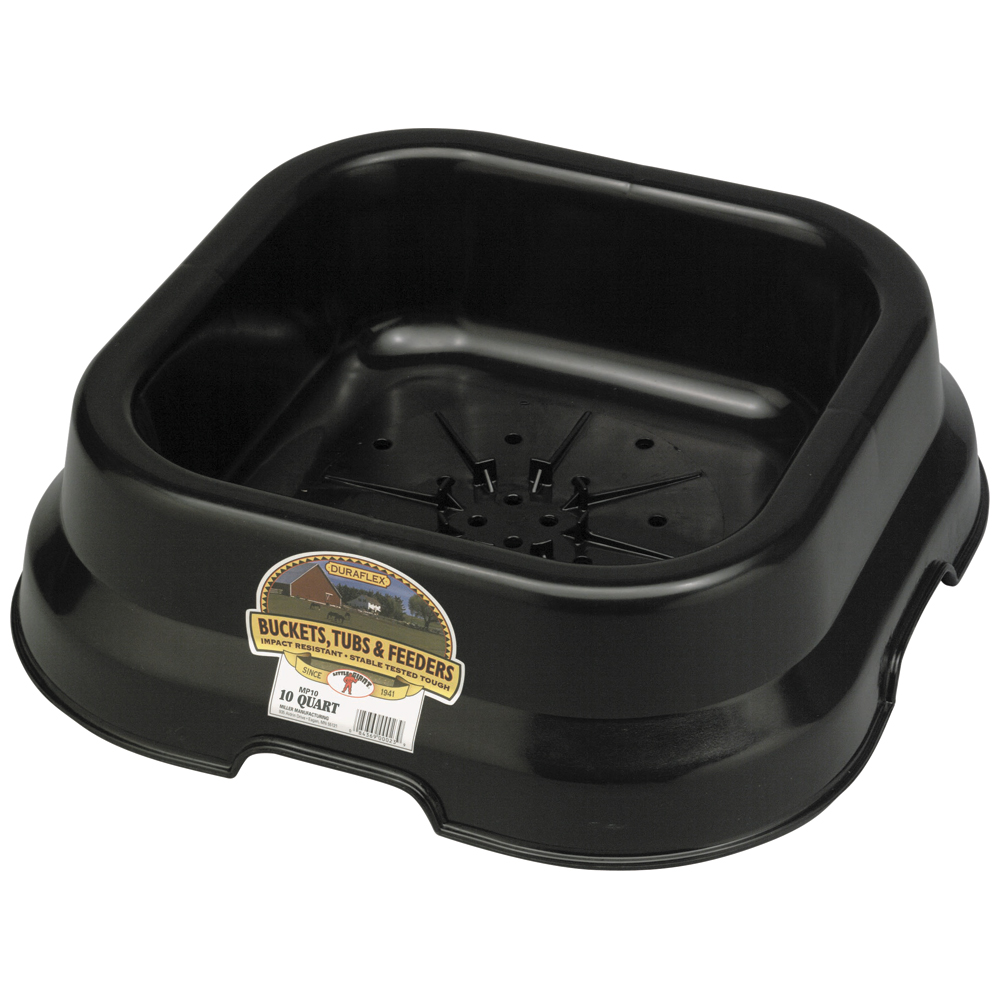
Lick Block Saver Cattle
New Zealand 20kg salt and mineral lick-blocks are generally about 24cm x 24cm, so these will fit nicely in our blockholders from Little Giant, USA. The floor of the Block Saver is above ground level, and has holes for drainage, thus increasing block life. This is a durable product.
View Product
Thermometer Outdoor Digital
Upgrade to modern weather monitoring with our digital capillary thermometer. Versatile for indoor/outdoor use, weatherproof, displaying real-time temperature and recent min/max readings (-20 to +50°C). Powered by 2 AAA batteries (not included).
View Product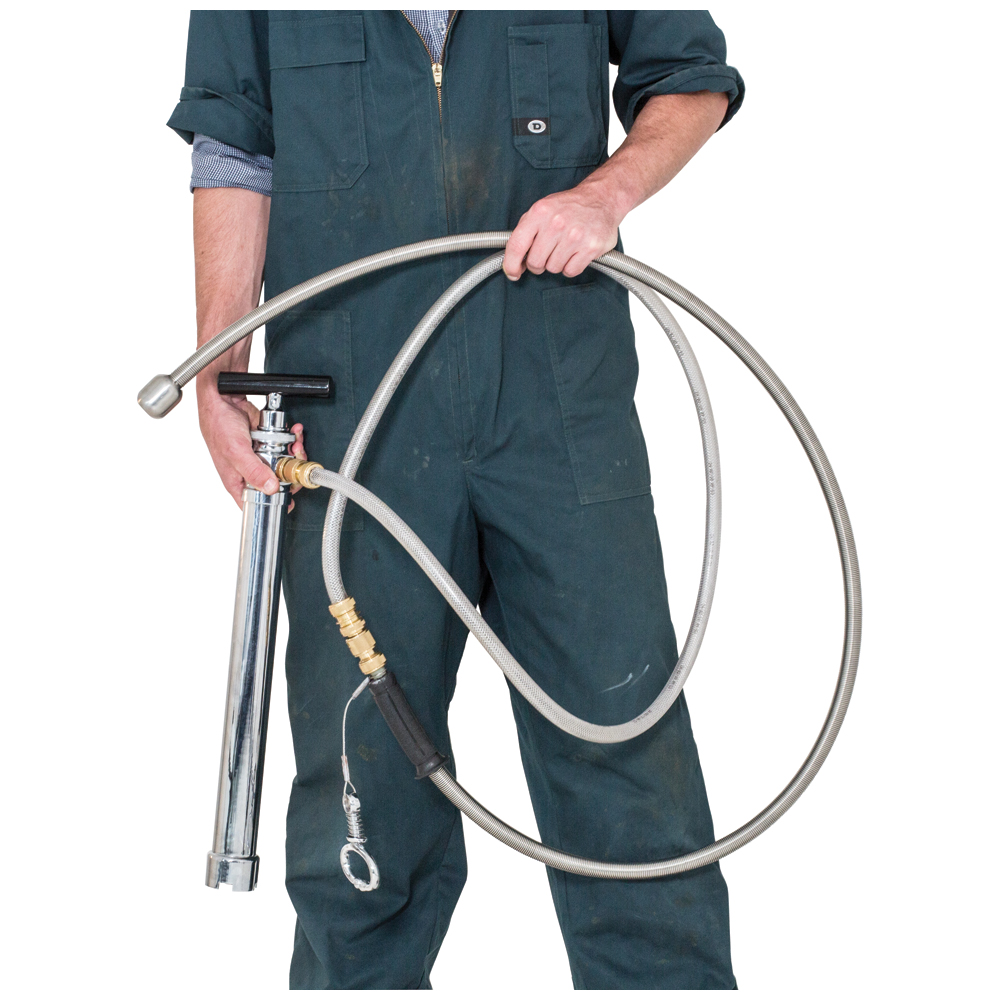
Rumen Drenching System
Experience efficiency with our Farmhand rumen-drenching system. Sturdy 600ml chromed-brass pump, reinforced PVC hose, and flexible rumen tube for precision. Easy to clean and maintain, ensuring seamless operation.
View Product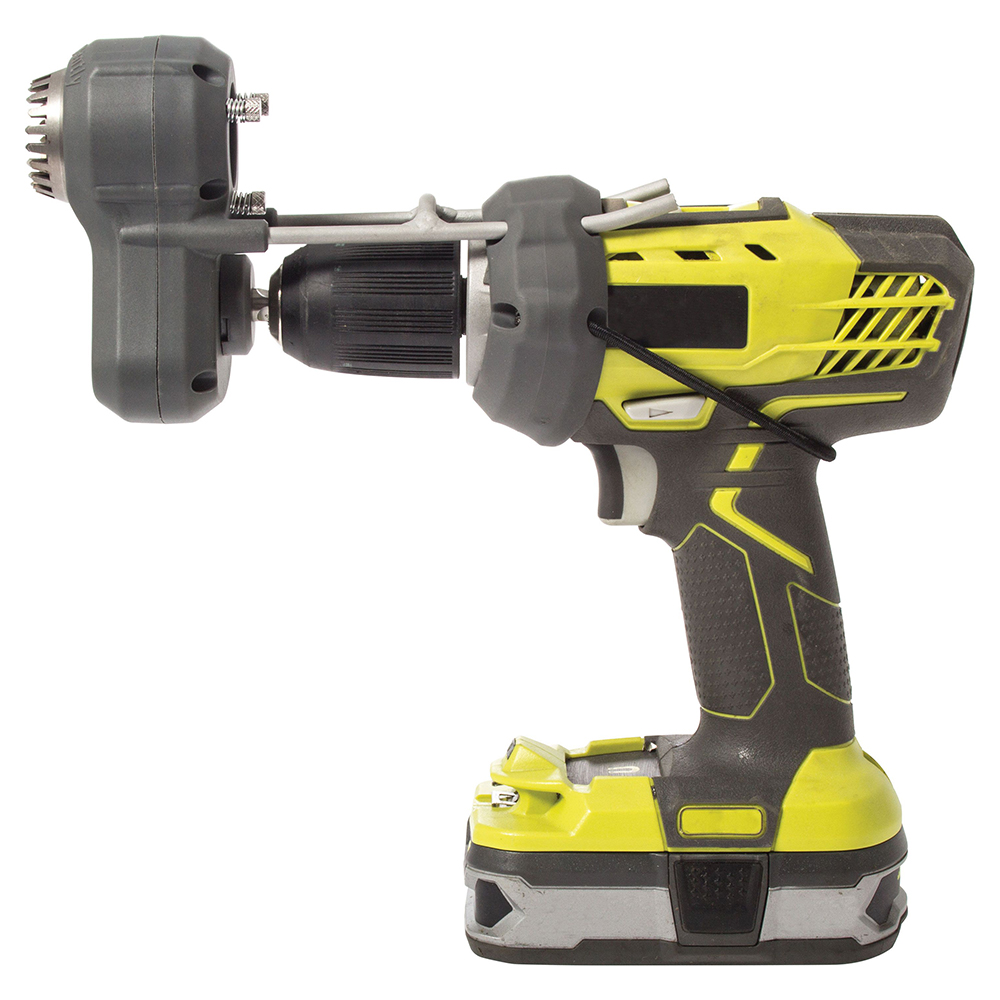
Tailwell Tail Trimmer
Innovative tail cutting with only three moving parts. Self-lubricating Rotator Bearing maximises battery life. Easy maintenance and sharpening. Ideal for 14V cordless drills, ensuring efficient and safe tail trimming. DVD and instructions provided.
View Product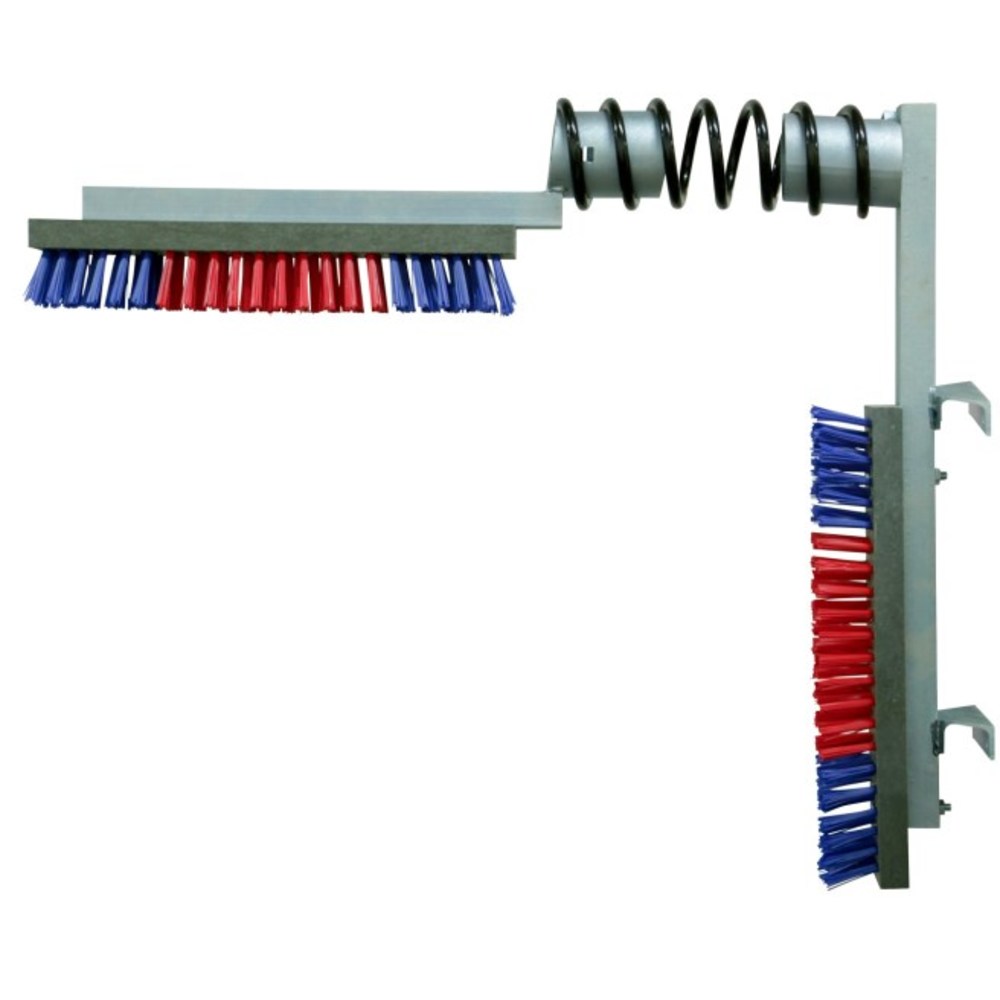
Scratch Brush Kerbl Cattle
Explore the Happy Cow Scratch Brush for Cattle, a top-tier grooming solution from Kerbl, Germany. Designed for animals of all sizes, its spring-loaded top ensures versatile use. Crafted from durable galvanized steel, this post-mounted brush guarantees resilience in any condition.
View Product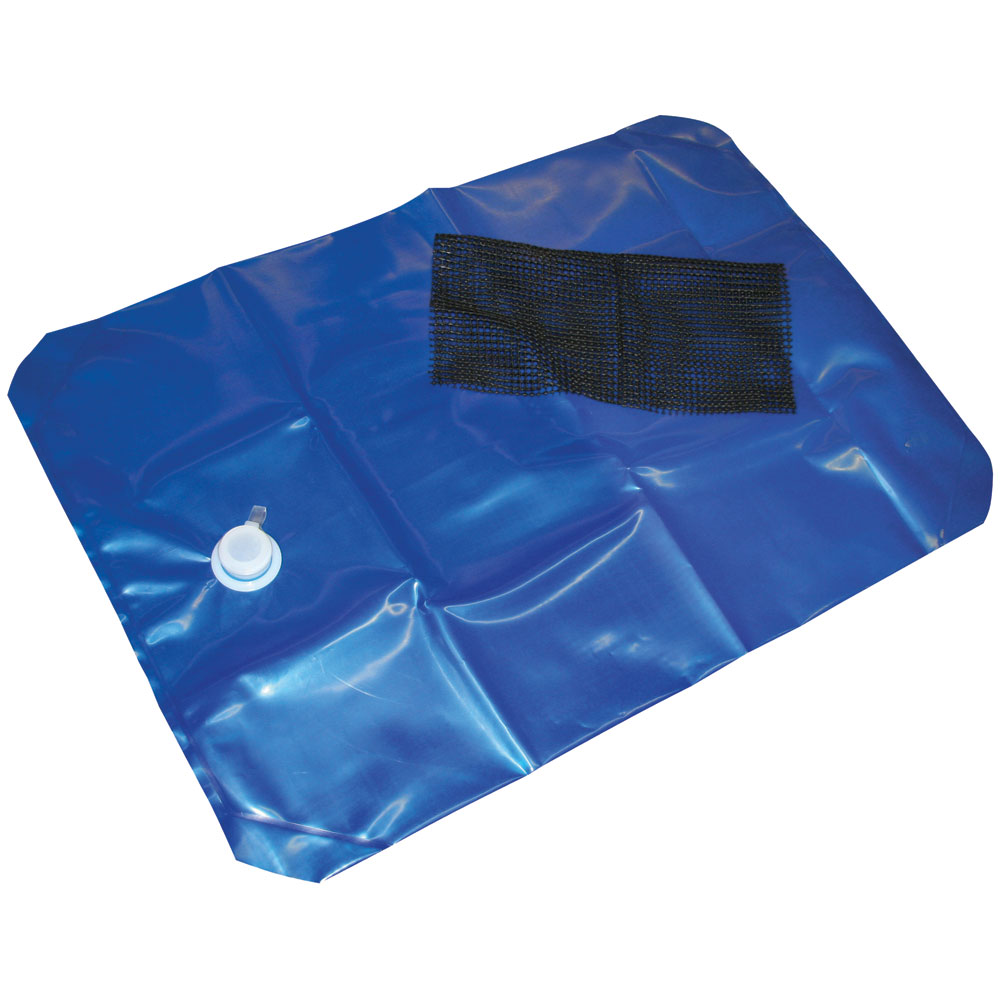
Water Management
This handy gadget stores and transports water (for places where a hose will not reach). It is simple, practical and flexible to use. Includes an anti-slip mat for the wheelbarrow. 80 litres.
View ProductCompanion Animals
Companion animals, including dogs and cats, are particularly vulnerable to heat stress. Unlike humans, pets are limited in their ability to regulate body temperature, making them more susceptible to overheating in high temperatures.
The risk of heat stress is heightened in breeds with short noses (brachycephalic), older pets, puppies or kittens, and those with pre-existing health conditions. As temperatures rise, companion animals may struggle to dissipate heat efficiently, leading to dehydration, heat exhaustion, or, in extreme cases, heatstroke.
To safeguard your furry friends, provide constant access to fresh water, shade, and a cool environment. Limit outdoor activities during peak heat, use cooling tools like mats or frozen treats, and be vigilant for signs of distress. Regular grooming can also help your pet stay cool over summer.
Understanding the susceptibility of companion animals to heat stress and taking proactive measures can ensure the well-being and longevity of our beloved pets during warmer seasons. Always consult with a veterinarian if you have concerns or notice any signs of heat-related distress in your furry companions.
Recommended Products:
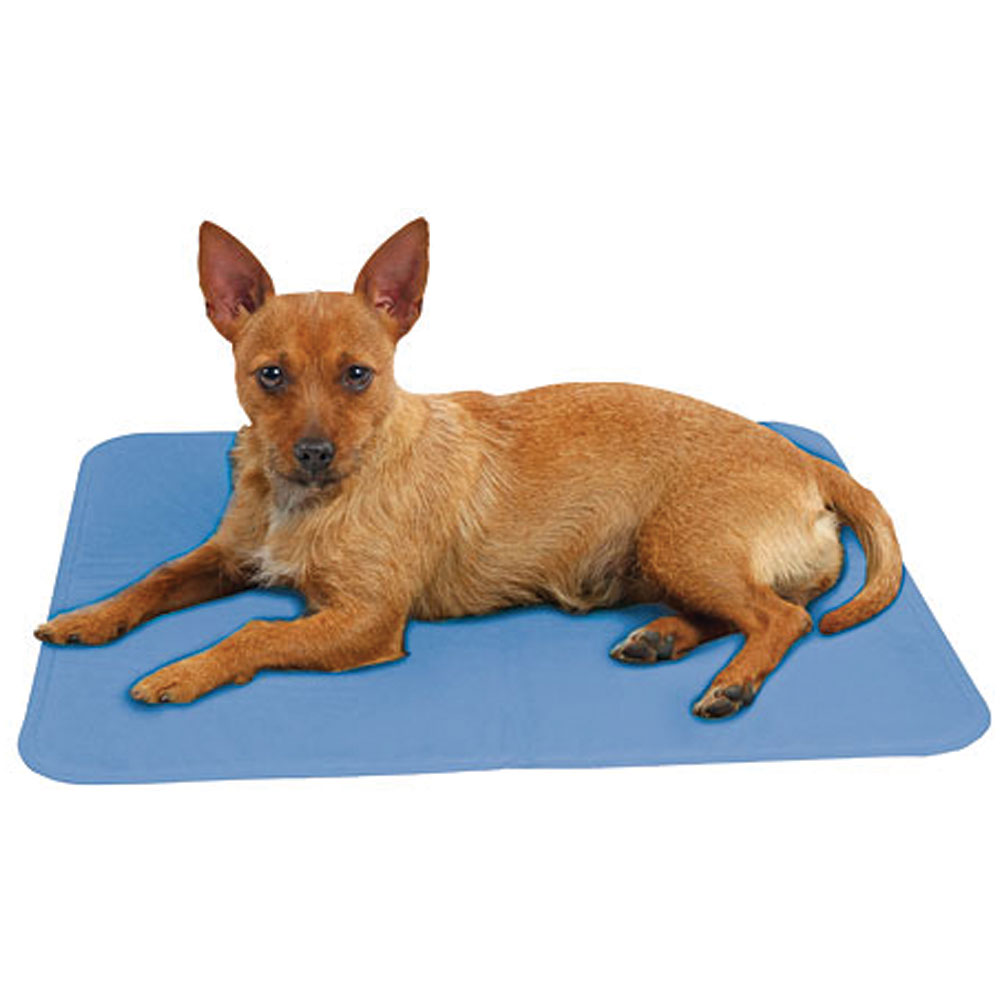
Cooling Mats
These Cooling mats are made from heavy-duty plasticated polyester film, filled with a special cooling gel. No pre-cooling is required. The gel stays cool naturally. It can be used inside, outside, or on the move. Pad is about 1cm thick and can be folded into sections for easy handling. Try it today, your dog will be very happy come hot nights!
View Product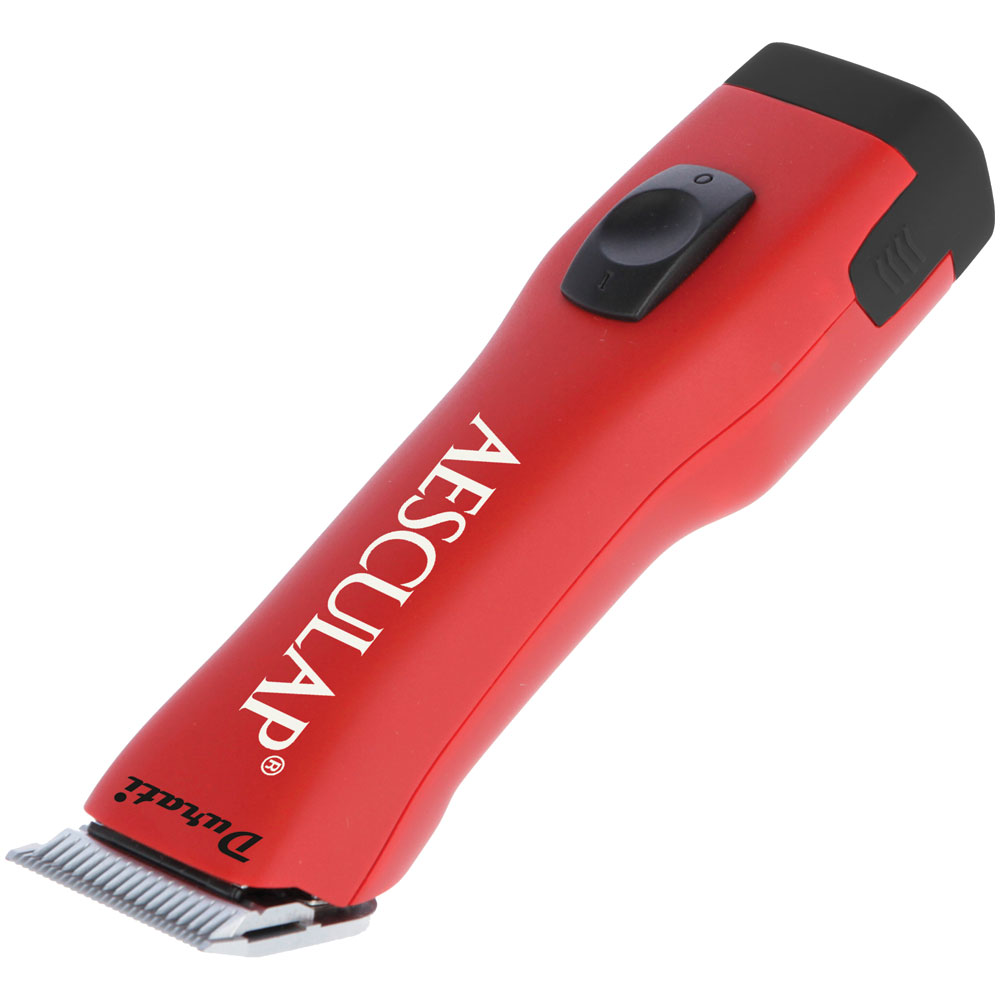
Clipper Aesculap Durati Cordless
Durati by Aesculap: Precision small-animal clipper with 100+ years of expertise. Lightweight, quiet, and efficient. Brushless motor, lithium-ion batteries for 4 hours of continuous use. Professional groomers' choice worldwide. Full instructions included.
View Product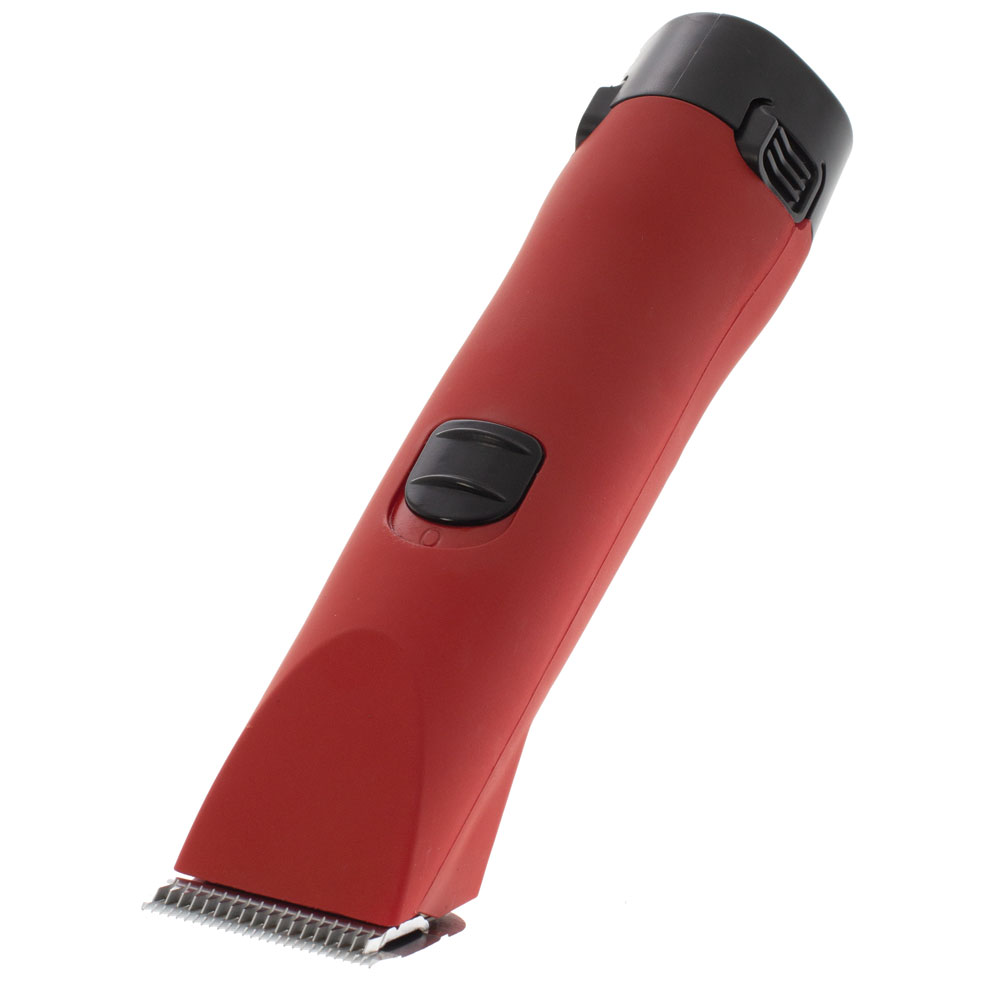
Clipper Lifestyle Ruby C'less
Lifestyle's Ruby: A5 style cordless small animal clipper with a powerful 30W motor. 2,500 strokes per minute, 2x 2Ah batteries for 50 mins each. Quick 1-hour recharge. Stylish aluminum case, combs, and accessories included. Ready with size 10 blade.
View Product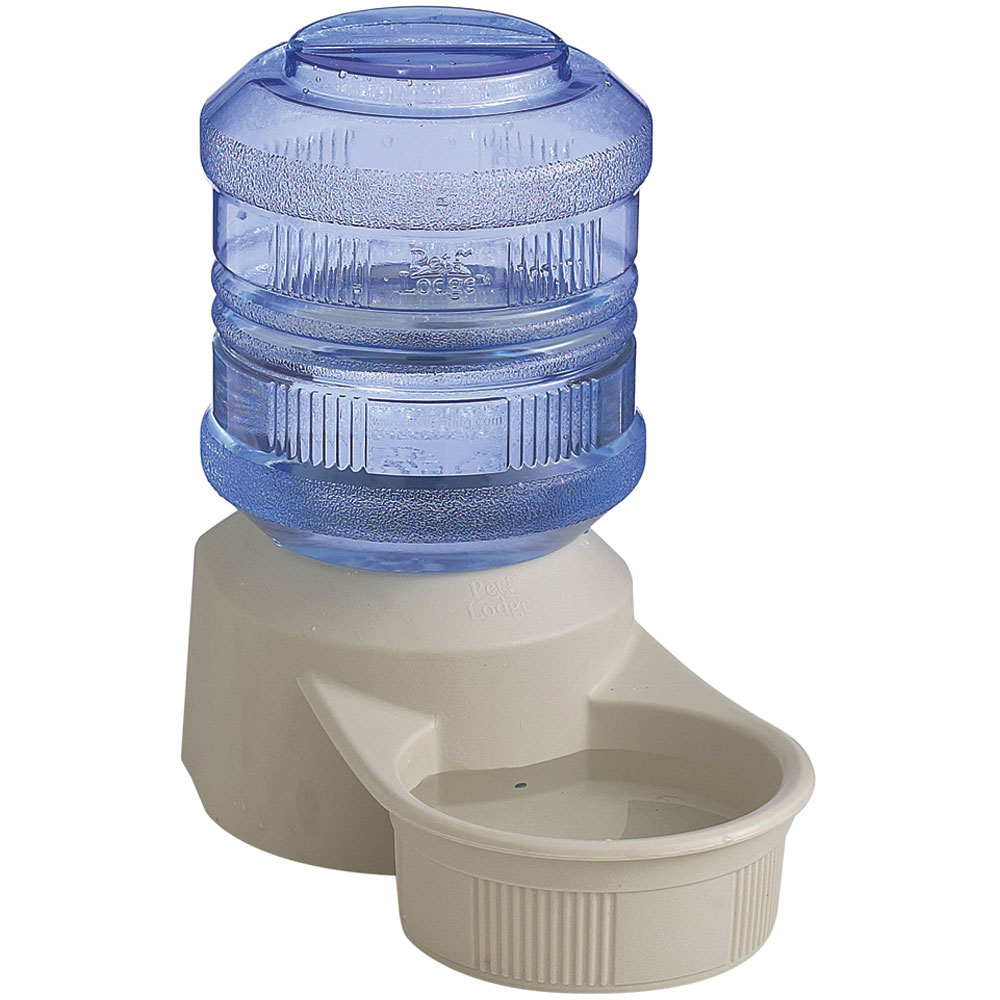
Pet Water Bowls & Towers
These water and dry-food towers from Little Giant USA automatically dispense continuous supply into the sturdy plastic base. These are good quality items that will last many years. Use indoors or outdoors.
View Product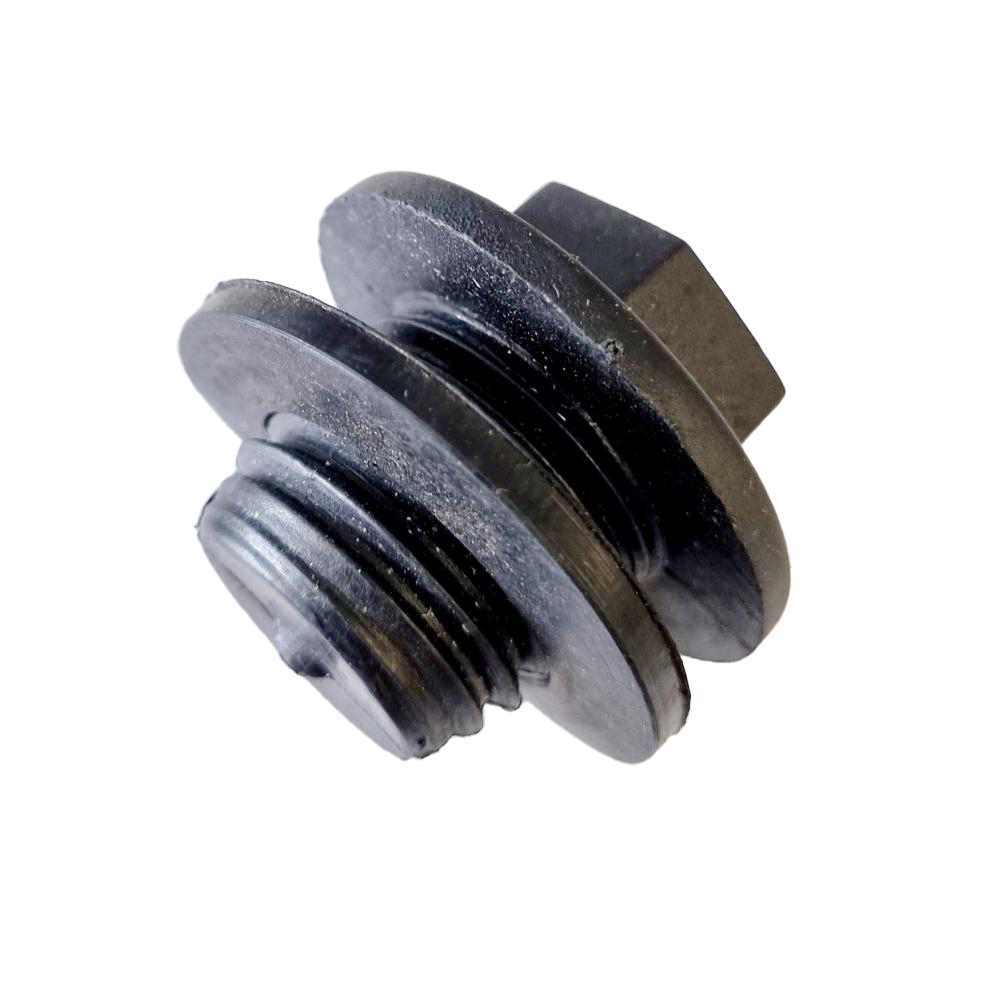
Water Bowl Farmhand Nylon
Premium livestock-friendly water bowl. Corrosion-resistant, heavy-duty plastic with hinged stainless steel lid. Easy access, drain, and 4L capacity. Ideal for high-pressure systems.
View Product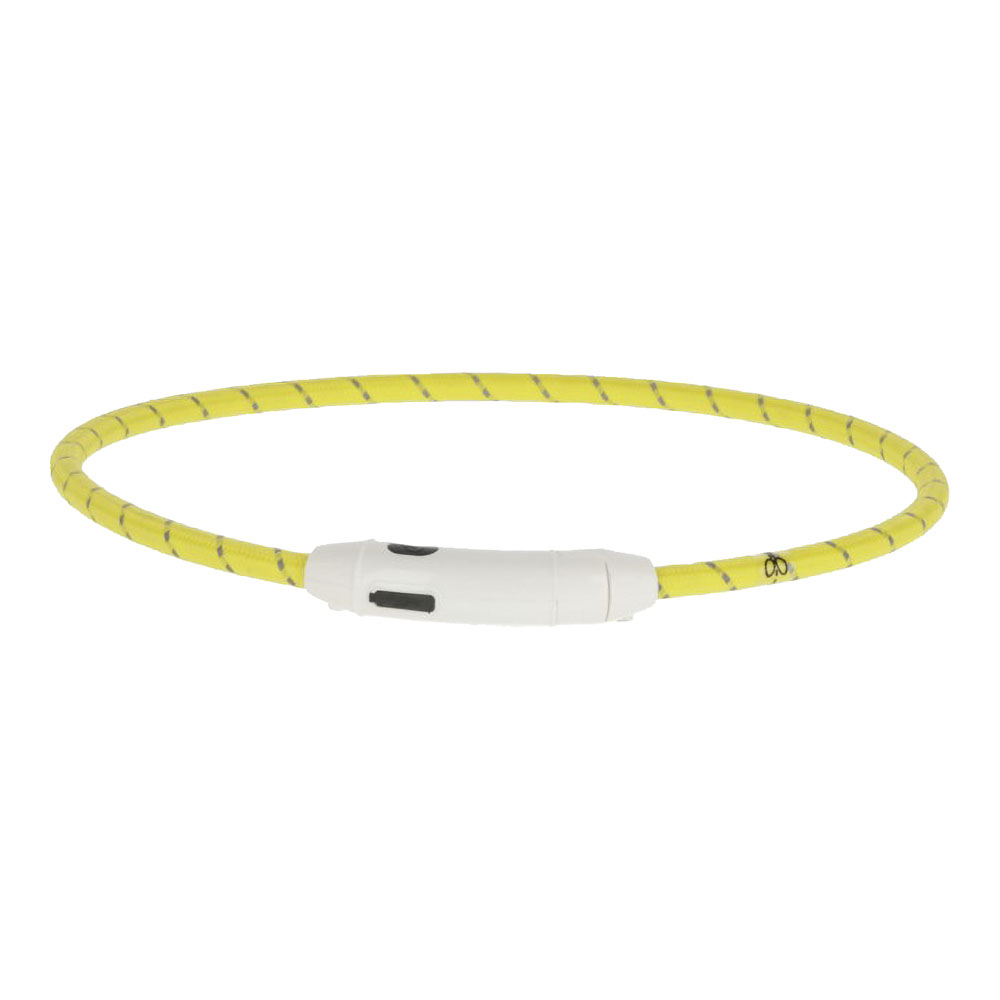
LED Flashing Dog Collar
Enhance visibility on night walks with LED dog collars. Durable nylon, reflective strips, 2 flash settings, water/dirt repellent. Adjustable, rechargeable, and safety-clip buckles. Stay safe with 5hr flashing or 3hr continuous light. Battery and charger included.
View ProductEquine
Horses have a limited ability to dissipate heat, and factors such as their large size, coat, and physiology make them vulnerable to the adverse effects of high temperatures.
Dehydration is a significant concern, as horses may not drink enough water to compensate for the fluid loss through sweating and exercise. Heat stress can lead to more severe conditions like heat exhaustion or, in extreme cases, heatstroke.
Certain horses, such as those with darker coats or those engaged in strenuous activities, may be at a higher risk. Additionally, older horses and those with underlying health issues require extra attention during hot weather.
To mitigate the risk of heat stress in horses, owners should adopt preventive measures. This includes providing ample shade, ensuring constant access to clean and cool water, ventilation, and scheduling activities during the cooler parts of the day. Grooming practices, such as clipping excess hair and using fans to promote air circulation, can aid in temperature regulation. Sweating and electrolyte loss is higher when training in summer. Consider additional minerals and electrolytes in their stalls.
With heat, comes flies who are attracted to the moisture in the horses eyes. It can be quite distressing for your horse, and even lead to infections. You can protect your horses’ eyes with a mesh mask *see below) or neem oil applied around the eyes. For body protection – the Buzz off Bucas range of rugs are fly and insect repellent - made from a specially developed lightweight fine mesh fabric with Zebra print. This mesh blocks even the smallest of insects. Research has discovered that flies hate the Zebra stripes as they find it confusing and so steer clear of them!
Travelling with your horse in summer
Horses don’t always want to drink water when travelling = try to take water from home, or get them used to the water you will be taking before leaving. Use the same bucket at home prior to leaving as what you will use when travelling – 4-5 days prior.
Allow adequate time to travel well and to look after horse. Plan to stop every 2-3 hours in summer for feed and water. Keep the routine as close to home as you can. For longer trips, unload and let them walk around for a bit, lower their head and graze. Increasing fibre intake before and during travel will help maintain gut fill and hydration.
Recommended Products:
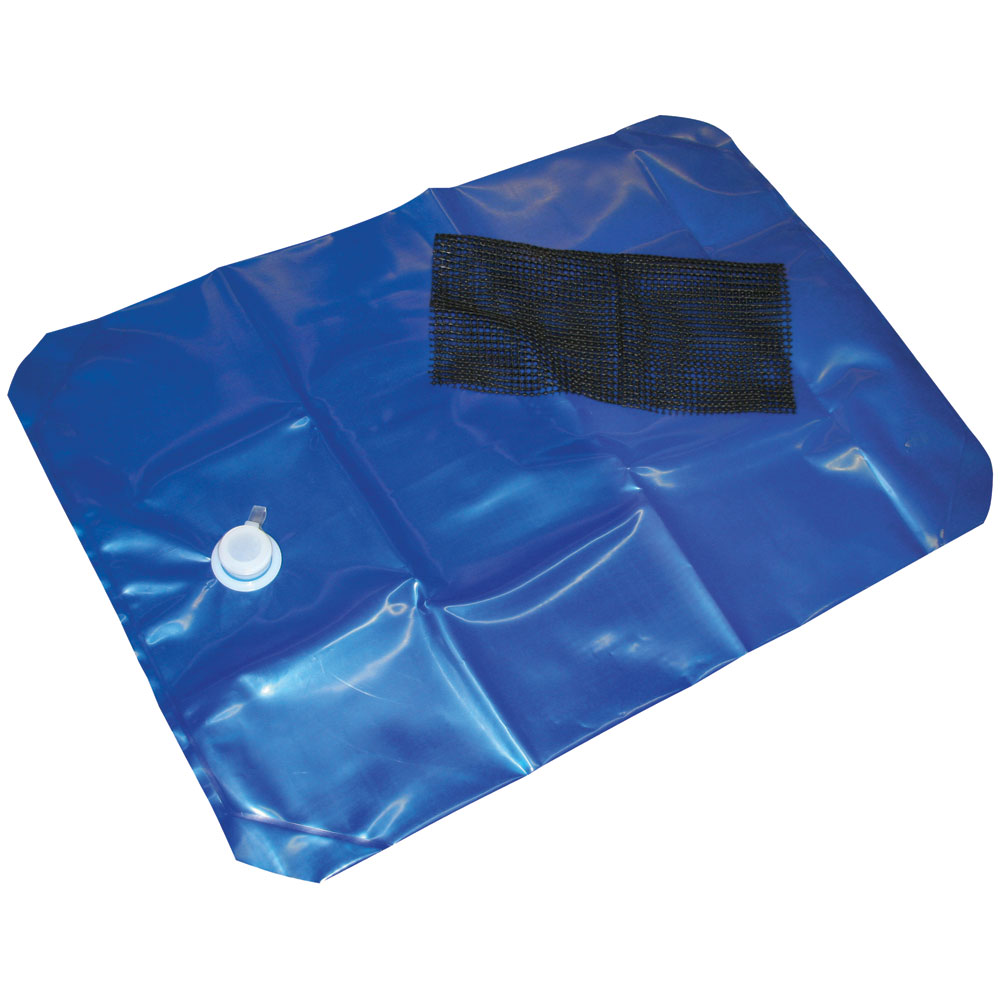
Water Transport Bladder for W/Barrow 80L
This handy gadget stores and transports water (for places where a hose will not reach). It is simple, practical and flexible to use. Includes an anti-slip mat for the wheelbarrow. 80 litres.
View Product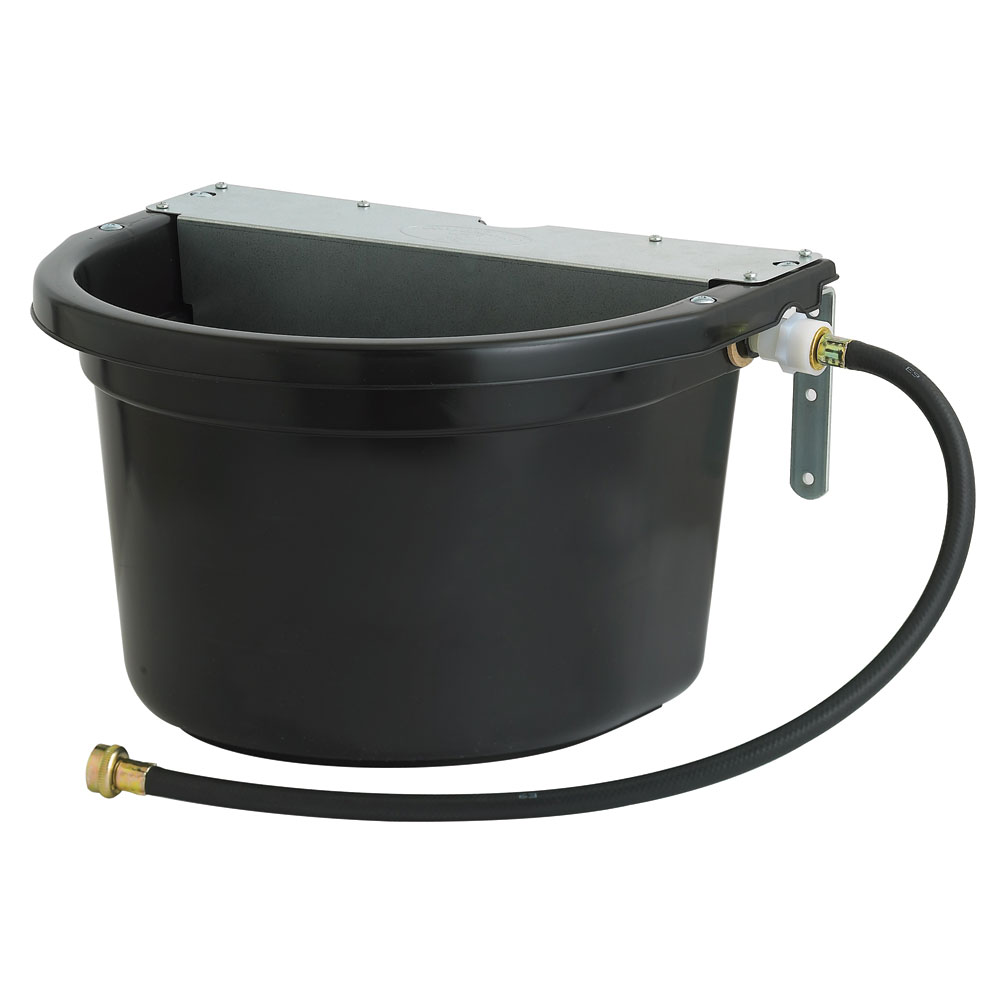
Water Bowl DuraMate Equine 15L
Reliable and automatic water supply for horses! 15L capacity, float-controlled, connects to standard hose. Durable design, easy installation. Ideal for above-freezing temperatures.
View Product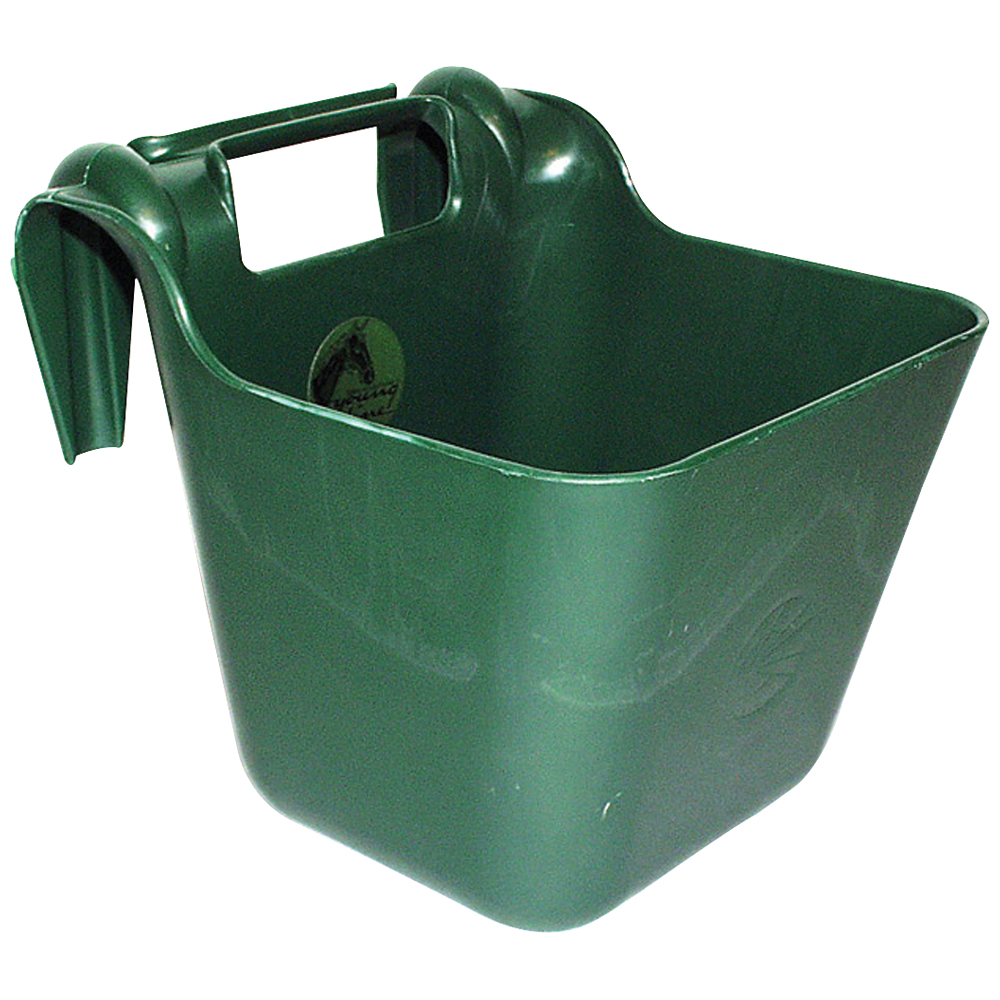
Feed Bucket Rail Hanging 13-litre
Sturdy rail-hanging bucket with reinforced hooks for secure placement. Designed for easy handling around horses or cows. Perfect fit for standard 50mm rough-sawn timber rails. Convenient carry handle. Dimensions: 30cm x 30cm x 26cm deep.
View Product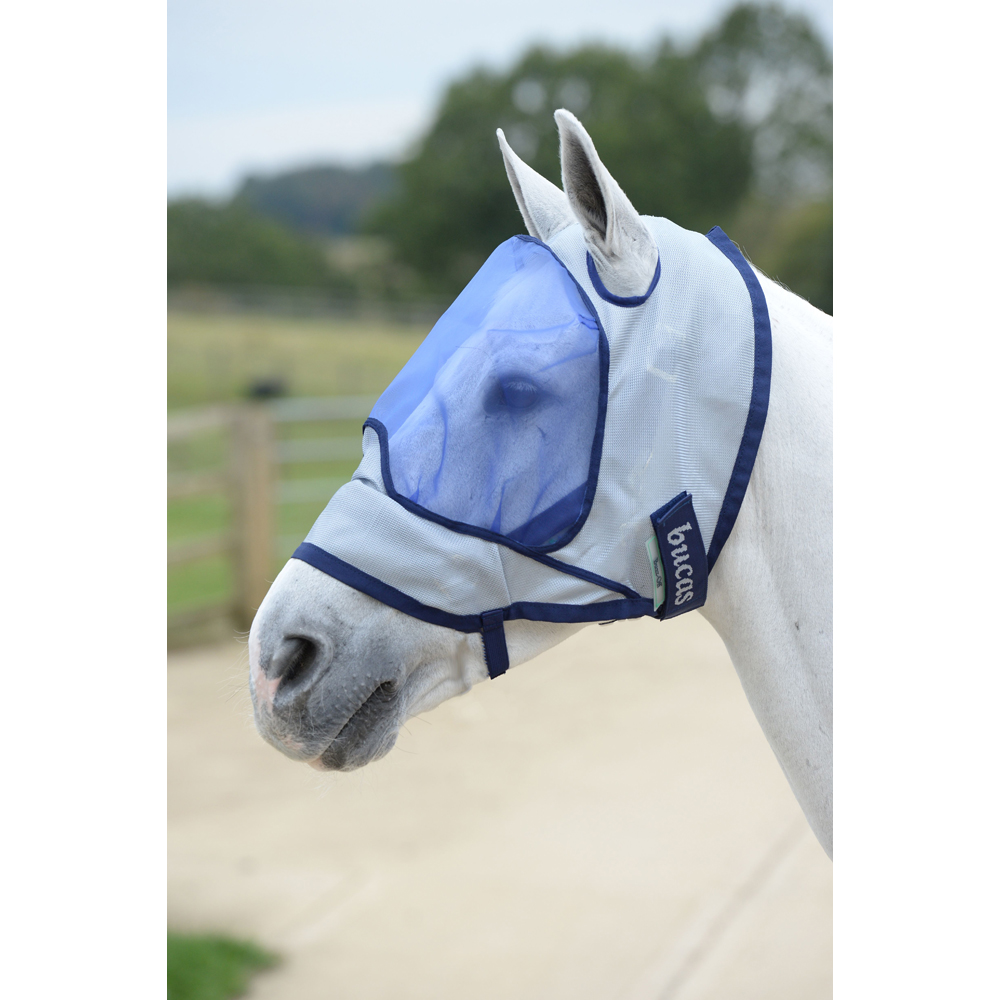
Bucas Mask BuzzOff Deluxe
Superior insect and sun protection with our lightweight Deluxe Fly Mask. Reinforced darts keep mesh away from eyes, ears free. Secure fit with Hook and Loop closure on jaw and magnetic Snap-lock on chin groove.
View Product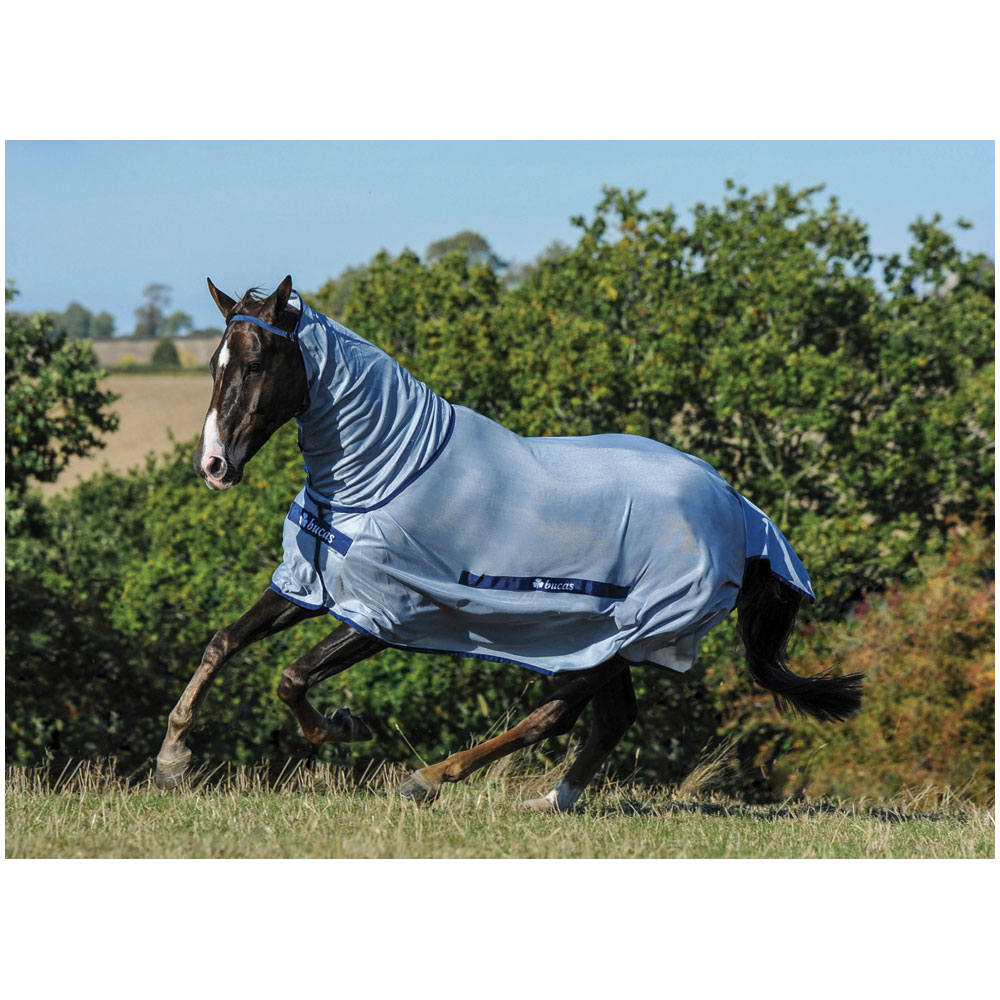
Bucas Rug BuzzOff
Bucas Buzz-Off Range: Original fly rugs with lightweight mesh for fly and sun protection. Full Neck design with belly pad for secure fit. Additional features include T-bar closure, silk-feel lining, shoulder darts, and more.
View Product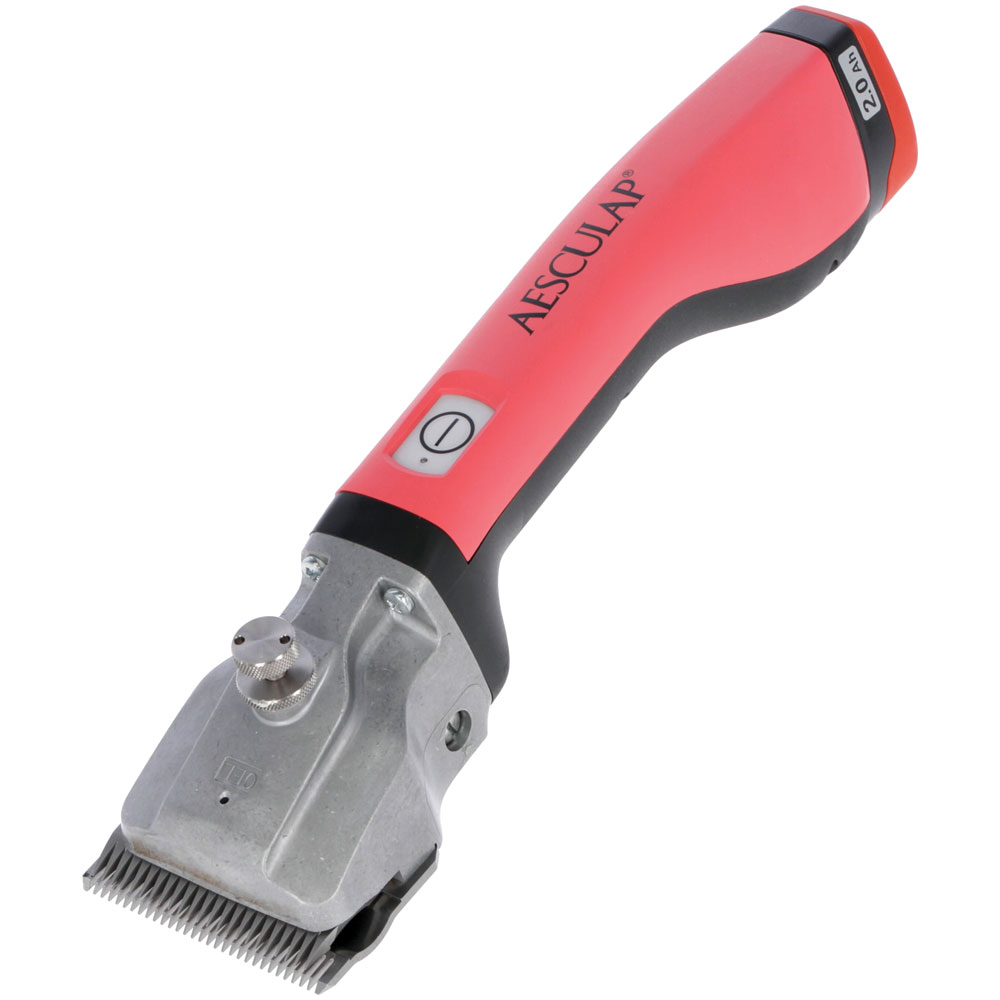
Aesculap Bonum Cordless Clipper
Aesculap Bonum Cordless Horse Clipper: Lightweight, low noise, and efficient. Comes with 23/31-teeth cutter set, 2 batteries for 70-80 mins runtime each. Advanced lithium-ion technology with safety features.
View ProductSheep & Goats
Sheep and goats, as adaptable as they are, are not immune to the challenges of heat stress, particularly in hot and humid conditions. They have a unique physiology that can make them vulnerable to the effects of high temperatures, and it's crucial for owners to be aware of the signs and preventive measures that can be taken.
During periods of heat stress, sheep and goats may exhibit signs such as excessive panting, increased respiration rates, restlessness, and a decrease in feed intake. These animals rely heavily on panting as a means of thermoregulation, and when the heat becomes excessive, their natural cooling mechanisms may struggle to keep up.
Certain factors can heighten the susceptibility of sheep and goats to heat stress. These include densely packed wool in sheep, dark-coloured coats, and crowded living conditions. Young and elderly individuals, as well as pregnant or lactating females, may also be more prone to the impacts of elevated temperatures.
Ensure you provide ample shade and a continuous supply of clean and cool water. Consider modifying feeding schedules to avoid the hottest parts of the day. Shearing or trimming excess wool in sheep can significantly aid in heat dissipation, while proper ventilation in barns or shelters is crucial.
Observation for signs of distress, adjusting management practices based on weather conditions, and consulting with a veterinarian for specific recommendations are integral components of responsible animal care. Recognizing the susceptibility of sheep and goats to heat stress allows for informed decision-making, ensuring the well-being and productivity of these valuable livestock during the summer months.
Recommended Products:
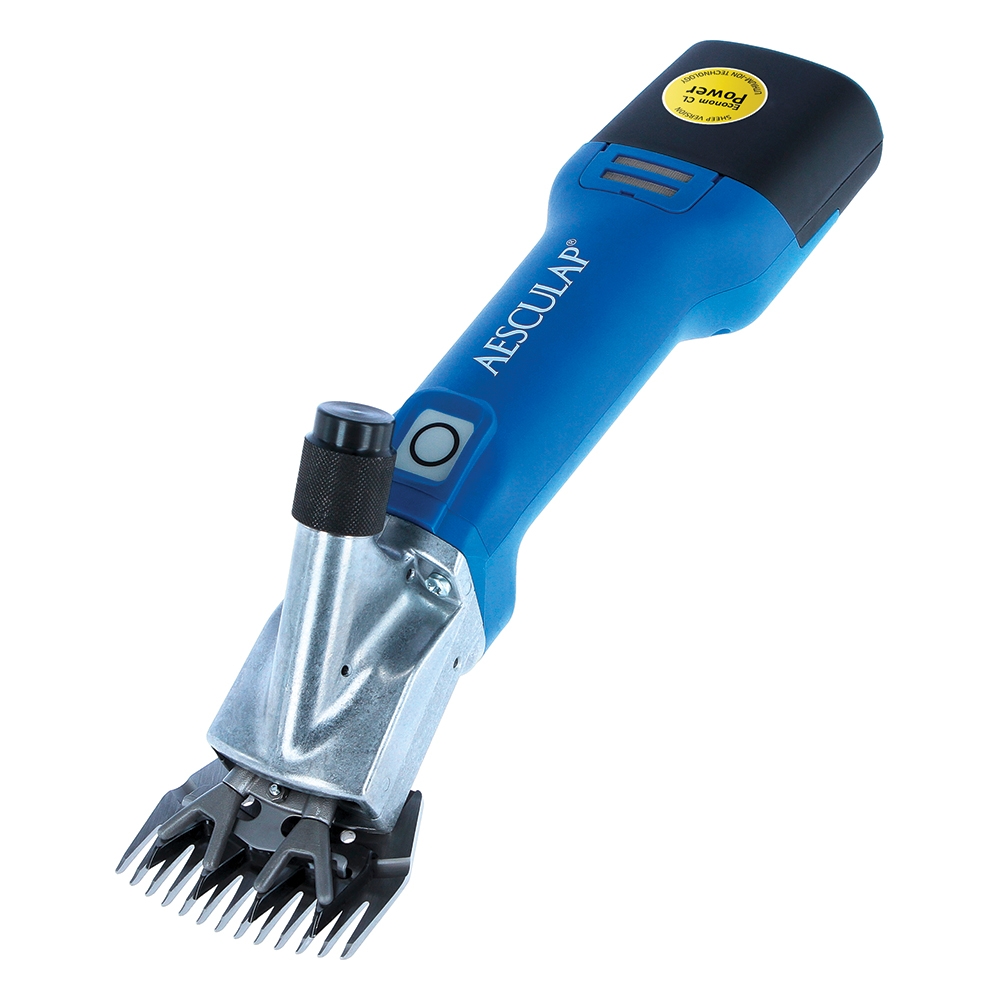
Aesculap Shearing Handpiece Cordless
Econom Shearing Handpiece: Aesculap's 100+ years of electric-shearing expertise. Features 4-tooth upper, 13-tooth lower blade, and heavy-duty lithium-ion battery. Brushless motor, electronic controller for extended battery life. Clipping time 50-70 mins. Top-of-range German engineering.
View Product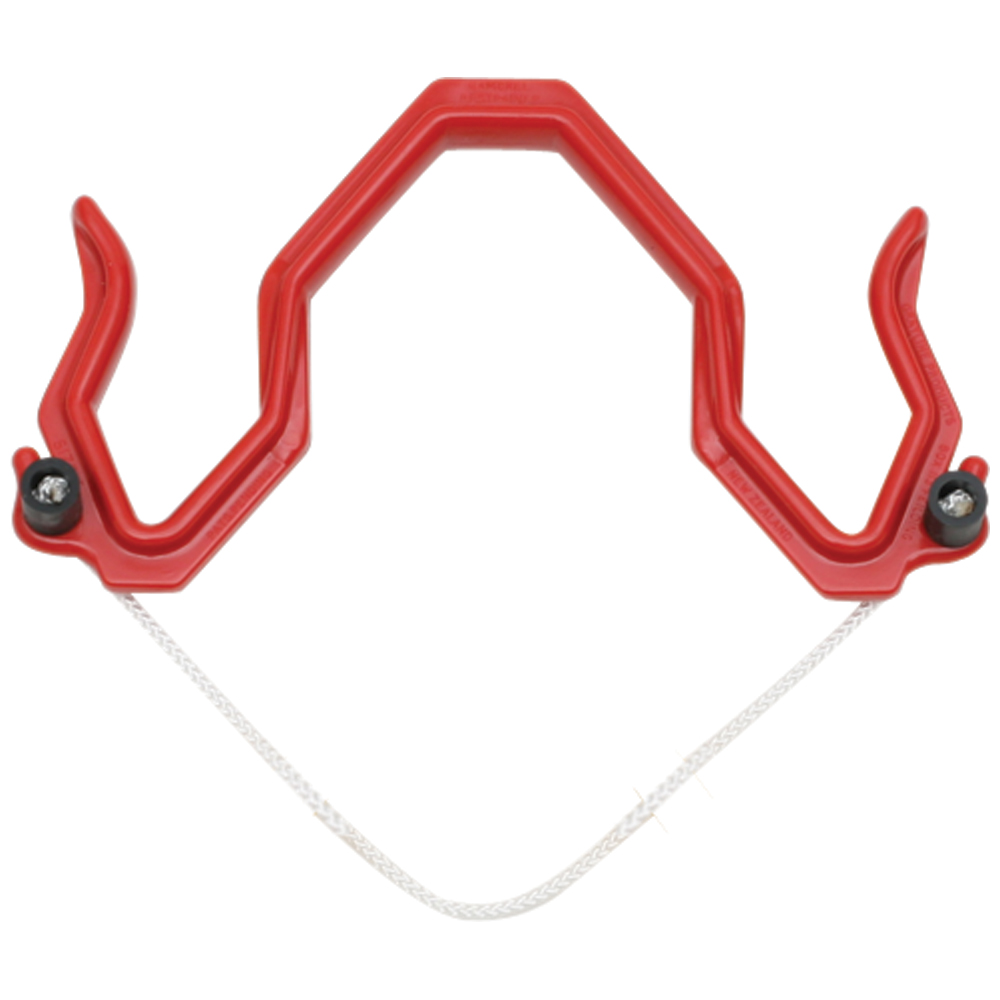
Sheep Restrainer Gambrel Small
Gambrel Restrainer: Simple and humane sheep restraint for various tasks. Reusable, ideal for foot trimming, lambing, and transportation. Easy application, allows feeding. Suitable for goats and calves. Available in small (14cm) and large (20cm).
View Product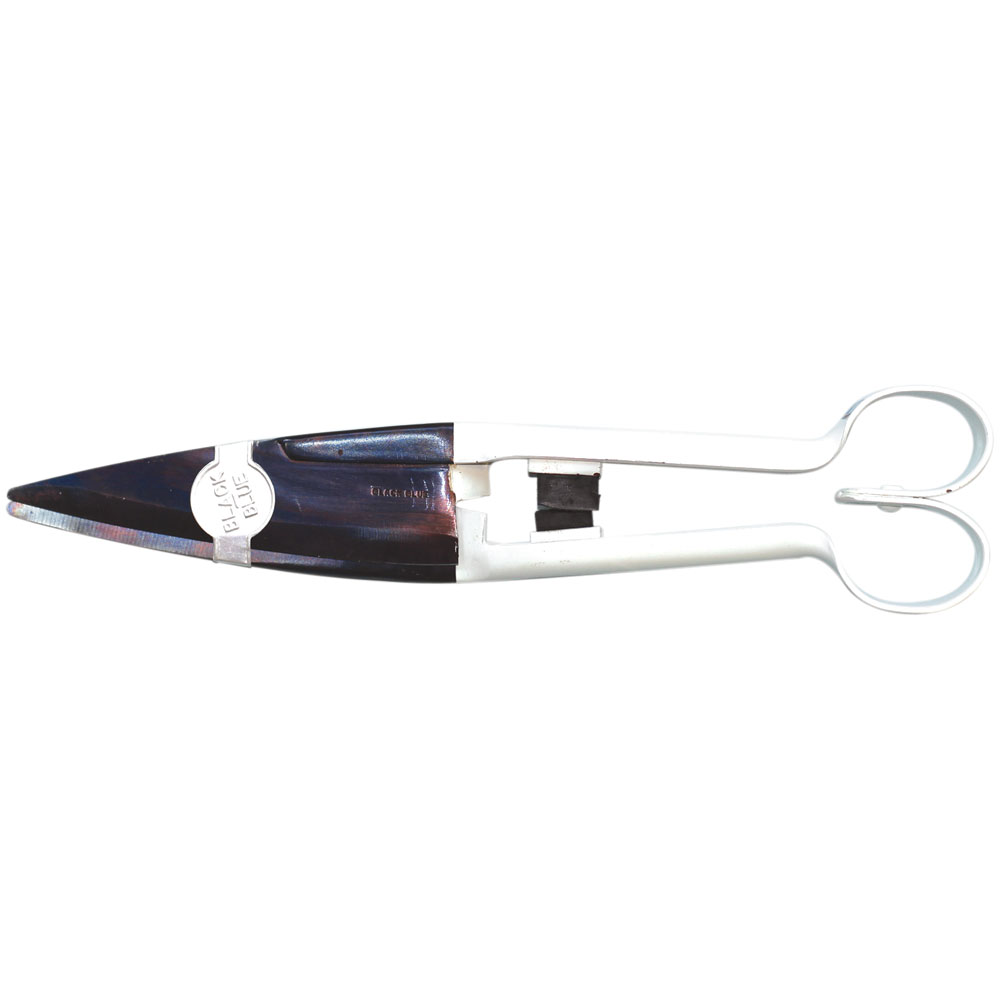
Hand Shears Black-Blue
Discover Black Blue Shears – renowned in Europe for quality at an affordable price. Hardened steel, double bow handles, and rust-resistant coating for comfort and durability. Blades: 14cm/29cm and 16cm/34cm.
View Product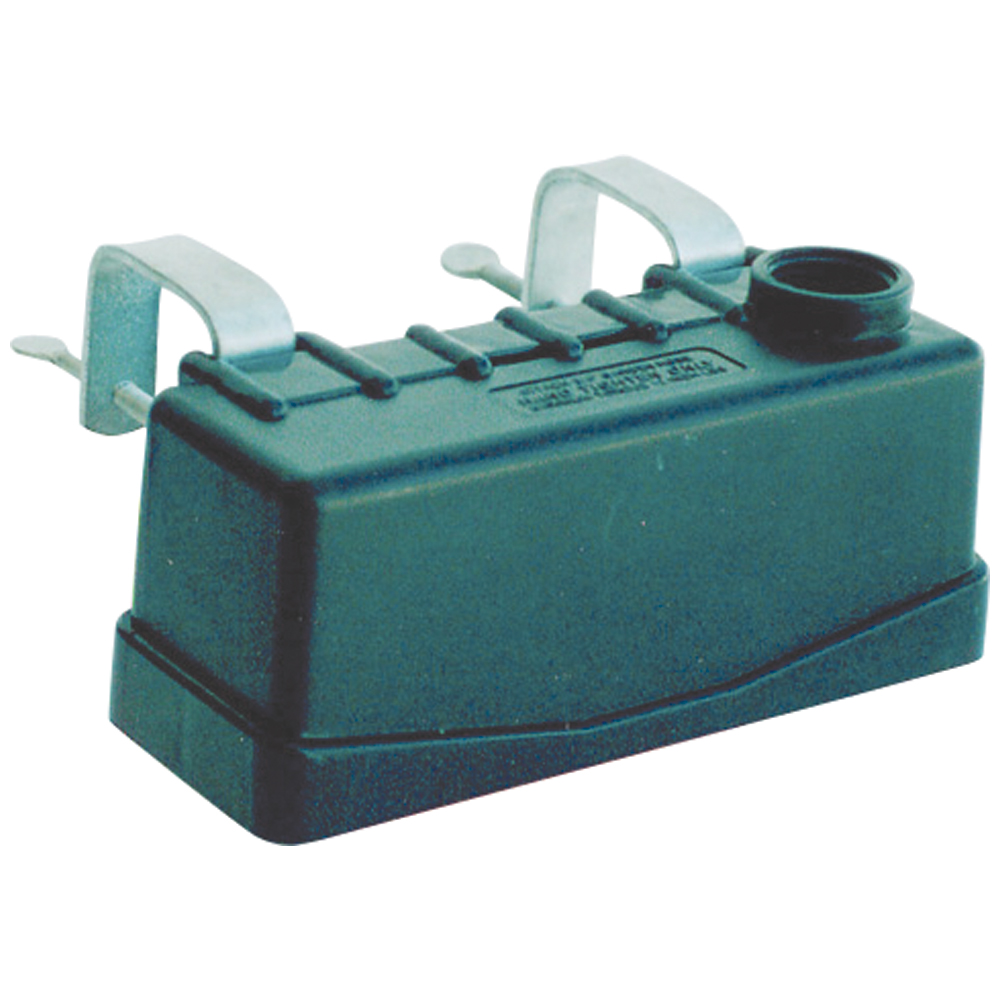
Water Filler Farmhand
FarmHand Water Fill: Versatile, gravity-fed solution for troughs. Durable, plastic design with galvanized brackets. Ideal for small farms, fits various water receptacles. Quick-fit hose coupling for easy garden use. Adjustable water levels, pressure up to 50 psi.
View Product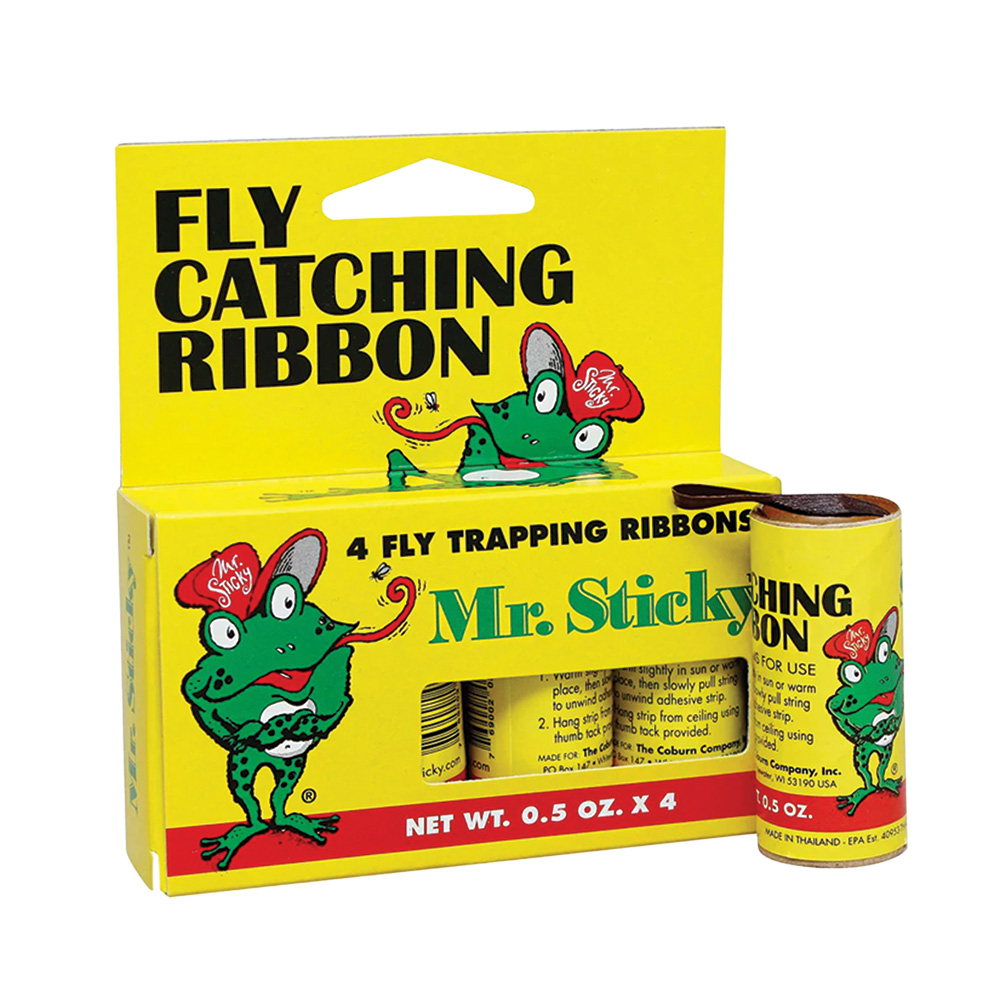
Fly Catcher Sticky Roll Ribbon 4-pack
Capture flies effortlessly with our classic-style fly catcher! Pull the tab for a sticky ribbon and plastic-topped thumb tack. Easy to use, simply hang and dispose when needed.
View Product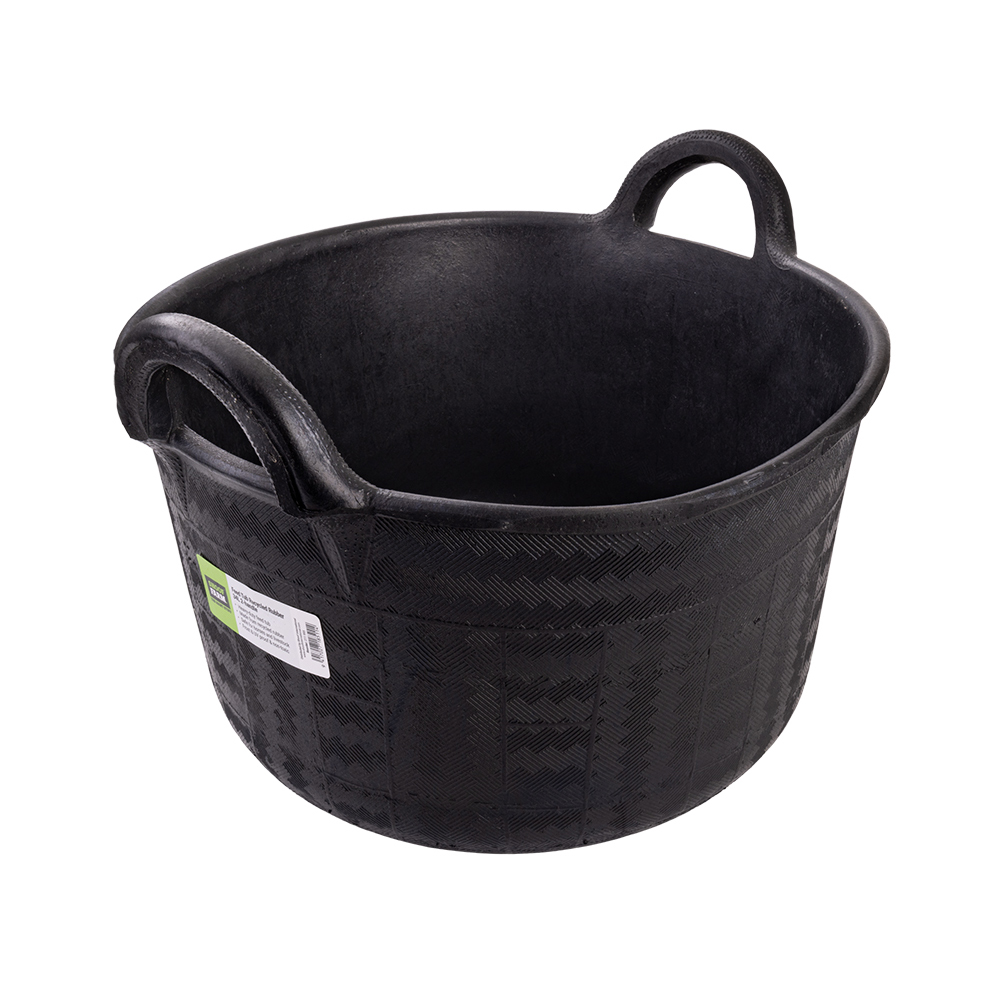
Feed Tub Recycled Rubber 34L 2-handle
Durable recycled rubber feed tubs for tough farm use. One-piece construction with strong handles. Resists cracking, stays soft in all weather. Available in five sizes, perfect for farms and stables.
View ProductPoultry
Chickens, while known for their resilience, are highly susceptible to heat stress, posing a significant challenge for poultry keepers, especially during hot and humid weather. These feathered creatures lack sweat glands and rely on panting and seeking shade as their primary means of cooling down. When temperatures soar, chickens can struggle to regulate their body temperature effectively.
Signs of heat stress in chickens include panting, spreading wings, reduced egg production, lethargy, and in severe cases, an increased mortality rate. Factors such as overcrowded living conditions, lack of shade, and high humidity can exacerbate the risk of heat stress. Young chicks and older laying hens may be particularly vulnerable.
Shade and ventilation – Optimise air circulation using natural breezes for a comfortable environment. Provide shade with tarps and shade cloth, or natural elements, or permanent structures. Ensure proper ventilation (holes or vents at the top or bottom of walls) to allow hot air to escape and cool air to circulate allowing a more comfortable living space. Ideally vents and spaces can be closed or opened depending on the weather. Airflow also helps remove carbon dioxide and dust. Consider the prevailing wind and airflow when placing or erecting your hen house. Set up your Chicken run so it has some shade and ventilation, depending on the season.
Maintain a consistent supply of fresh and cool water. Adult hens require 250ml clean water a day, (and when it’s hot, they can require up 2- 4x this!) and 100-150g cereals, (Wheat, maize) and protein crops (peas and beans) whole or ground. A chicken’s body is 50% water, and an egg is 65% water – hence the importance of providing enough! Hens can’t sweat so water is used to cool their bodies.
Use shade or shaded dispensers in summer to keep the water cool and refreshing, regularly check and refill them to keep them hydrated. Hens prefer water to be around 13Degrees C, otherwise they drink less. Have drinkers at the height of the hens back if possible so they cannot defecate in them. Most drinkers are designed with hygiene and ease of use in mind - view our extensive drinkers guide here to find the best one for your hens and set up.
Adjust feeding times – feed during cooler times like early morning or late evening. This minimises metabolic heat stress on hot days. Ensure a balanced diet and moderate protein intake.
Cooling options, such as misting systems can be used to wet the ground and their dust bathing areas. Placing frozen water bottles in the coop, can provide relief. Additionally, avoiding unnecessary disturbances during the hottest periods helps reduce stress on the flock.
Regular observation of chicken behaviour and health, especially during heatwaves, is crucial. Immediate action, such as moving the flock to a cooler location or offering electrolyte supplements, may be necessary if signs of heat stress are observed.
By prioritizing proper management practices and providing a comfortable environment, chicken keepers can help their flocks weather the challenges of elevated temperatures more effectively.
Recommended Products:
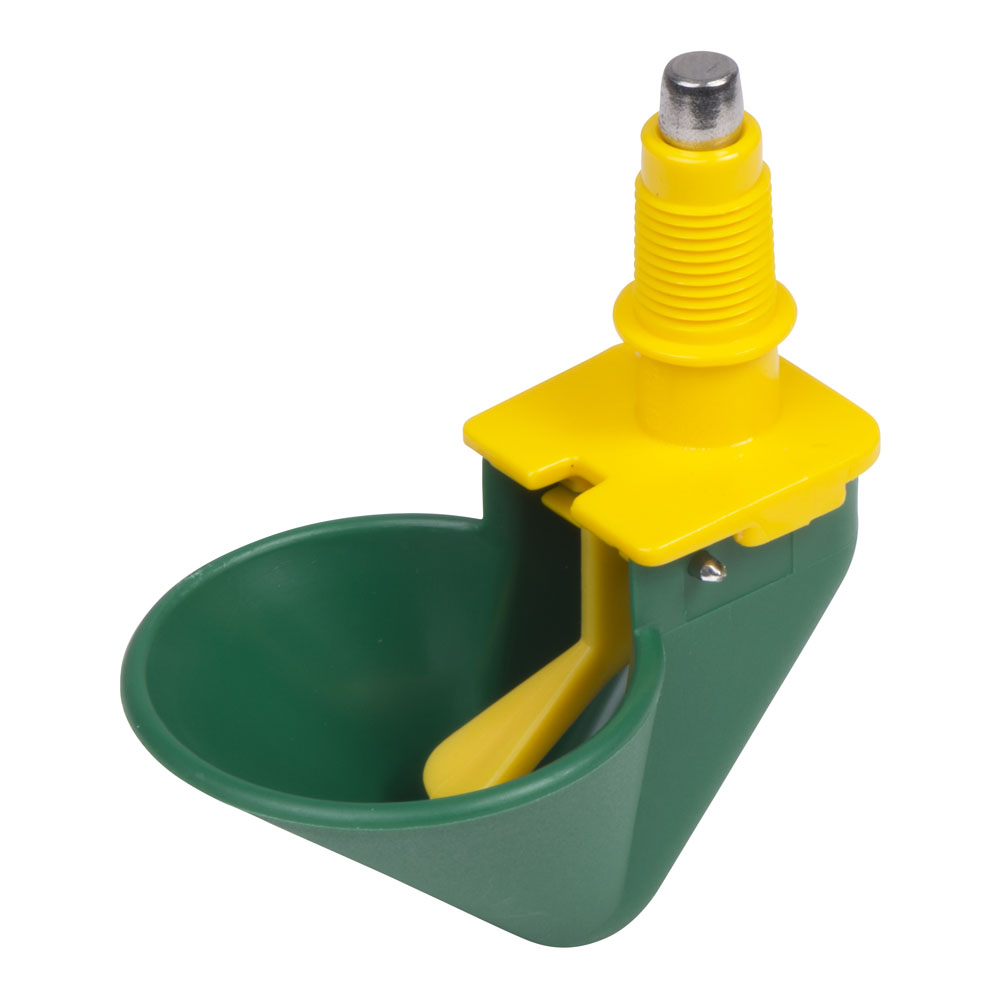
Poultry Drinker Auto Cup Small
High-quality poultry drinking cups with UV-resistant plastic. Float valve ensures a consistent supply of fresh water. Easy to clean and reliable for your flock.
View Product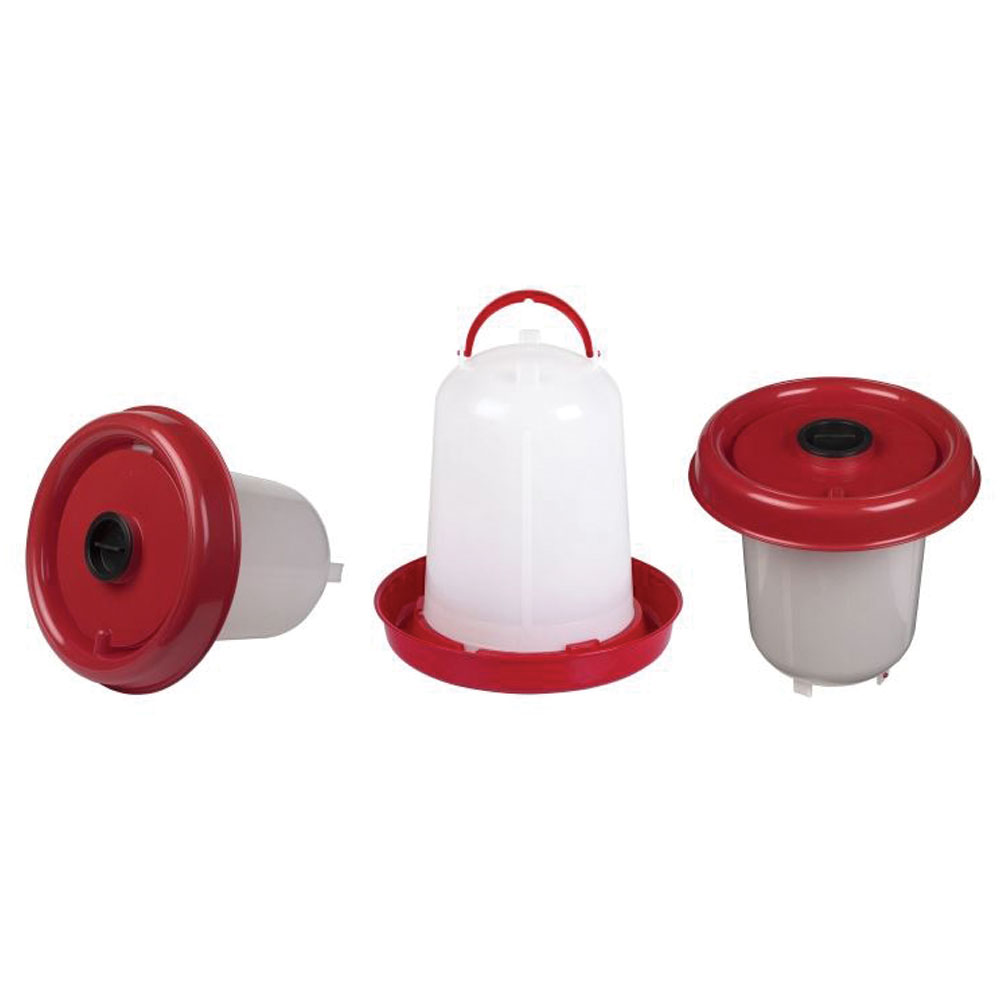
Poultry Drinker Bottom-fill 10L
Efficient 10L Poultry Drinker with Plug for hassle-free hydration. Perfect for poultry care.
View Product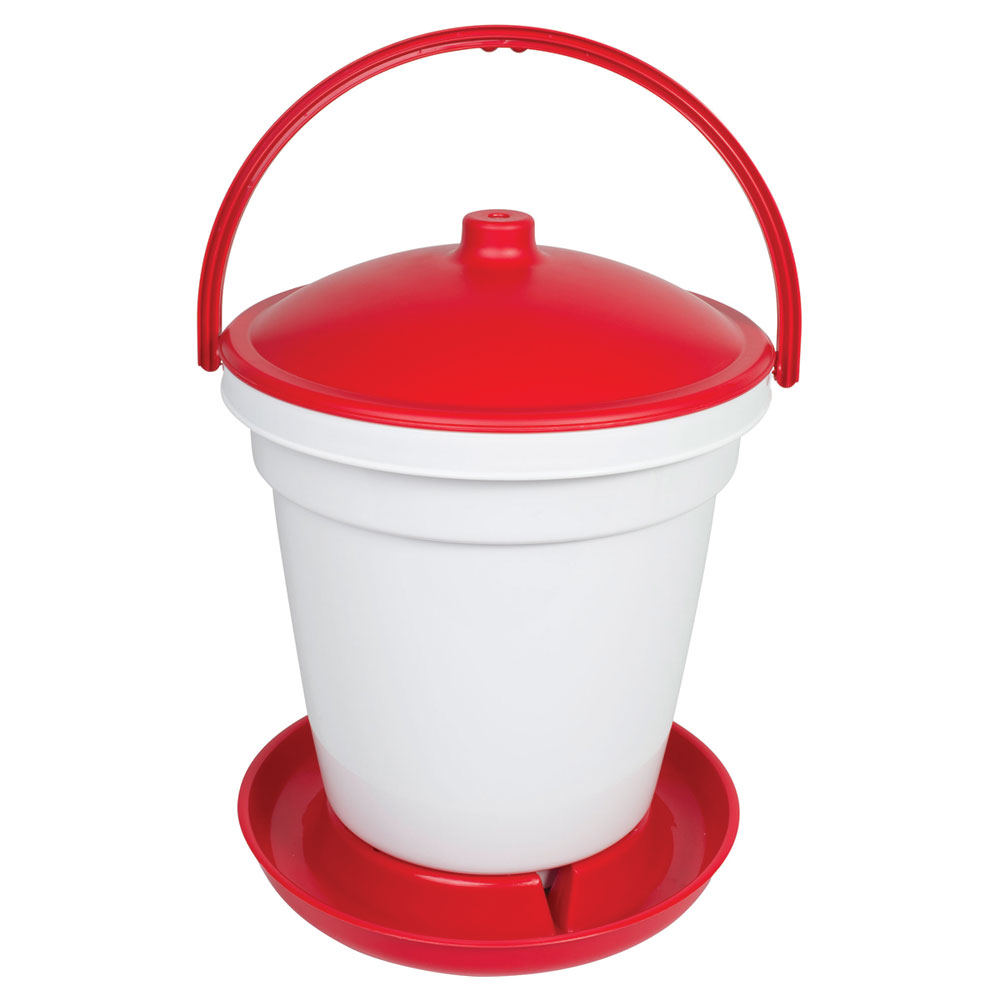
Poultry Drinker Drink-o-matic 18L
Easy-fill, UV-safe Poultry Drinker from Europe. Big lid, carry handle, and optional legs. Parts available for maintenance.
View Product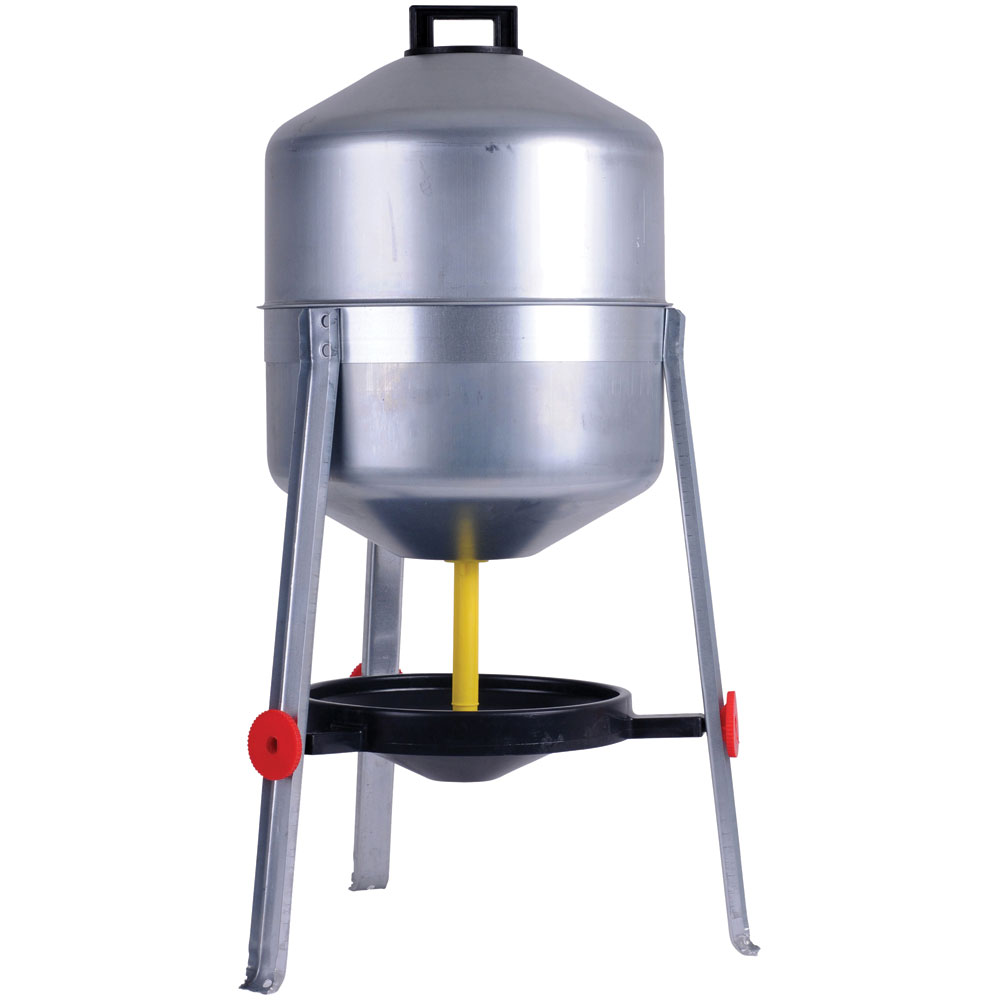
Poultry Drinker Tankstand 25L Zinc
Efficient big drinkers for poultry with easy-fill screw top and raised bowl. Durable zinc tank, UV-stabilized plastic. Easy movement with integrated handle. From Europe, parts available.
View Product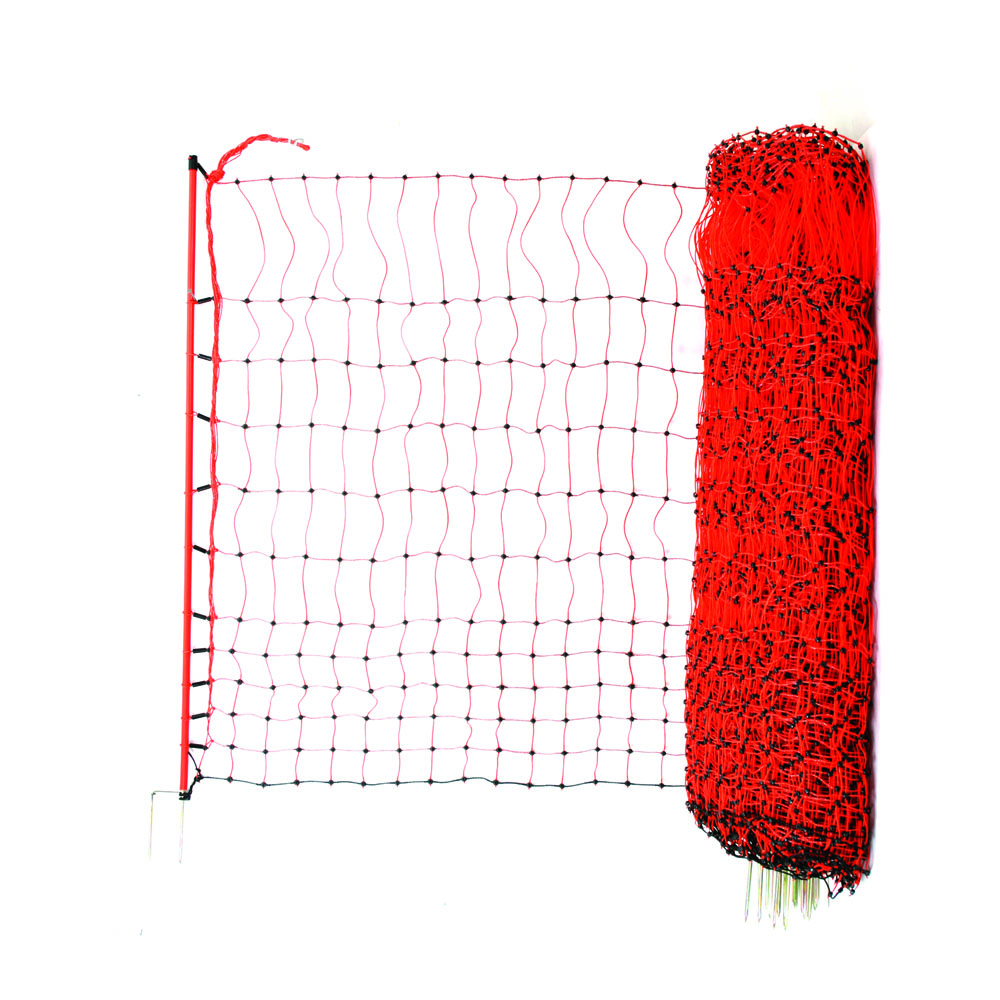
Poultry Netting Electric (Orange) 50m
Secure outdoor poultry with electrified netting. 120cm x 50m with 13 electrified strands. Reinforced posts, visible orange color, and portable design. Spares kit included. Easy to connect for longer runs.
View Product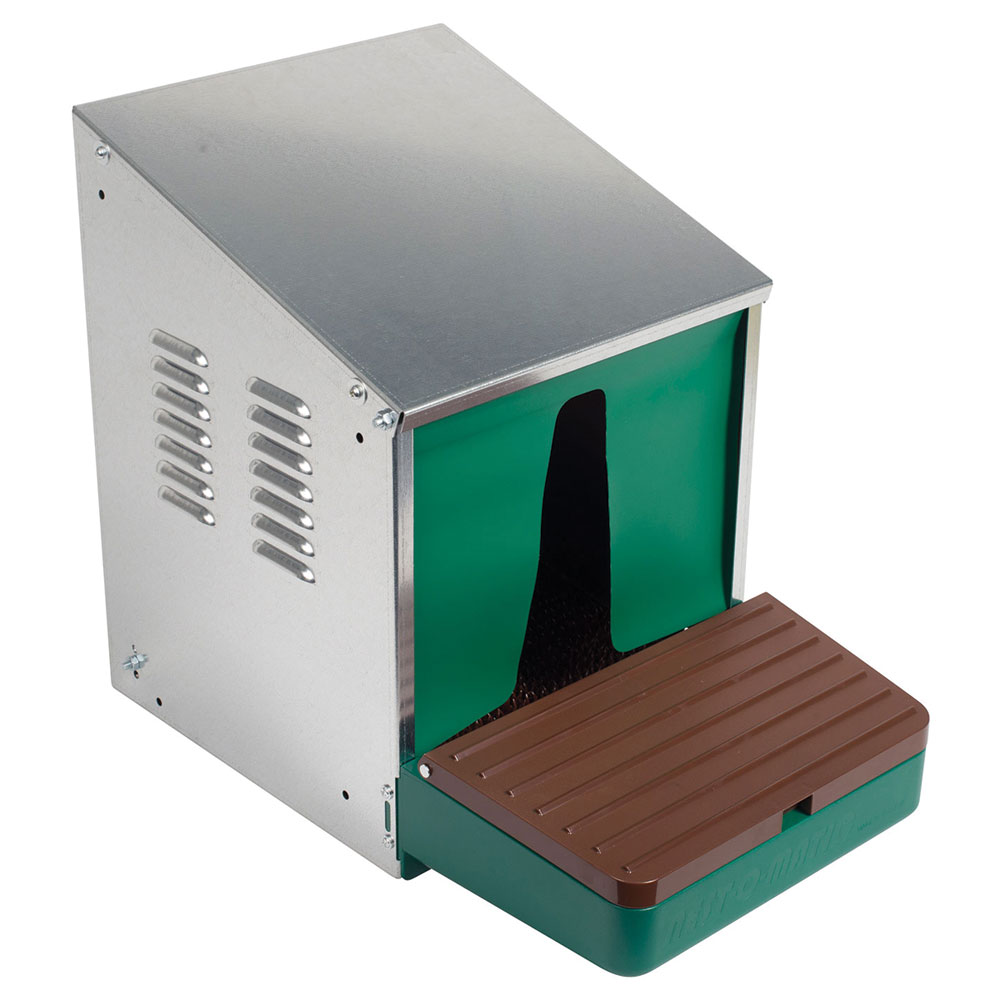
Poultry Nesting Box Nest-O-Matic
Nest-O-Matic: Ventilated, galvanized steel nest box with UV-resistant plastic. Swinging curtains for a cozy interior. Easy egg retrieval and clean, comfortable nesting. Minor assembly required.
View ProductConclusion
You wouldn't want to overhear and neither do your animals - so remember the basics: Ensure they have an adequate supply of fresh water and access to shade and consider reducing their exercise or walking distances.
